The long shadow of the financial crisis
It's been 10 years since the global economy nearly collapsed. Could it happen again?
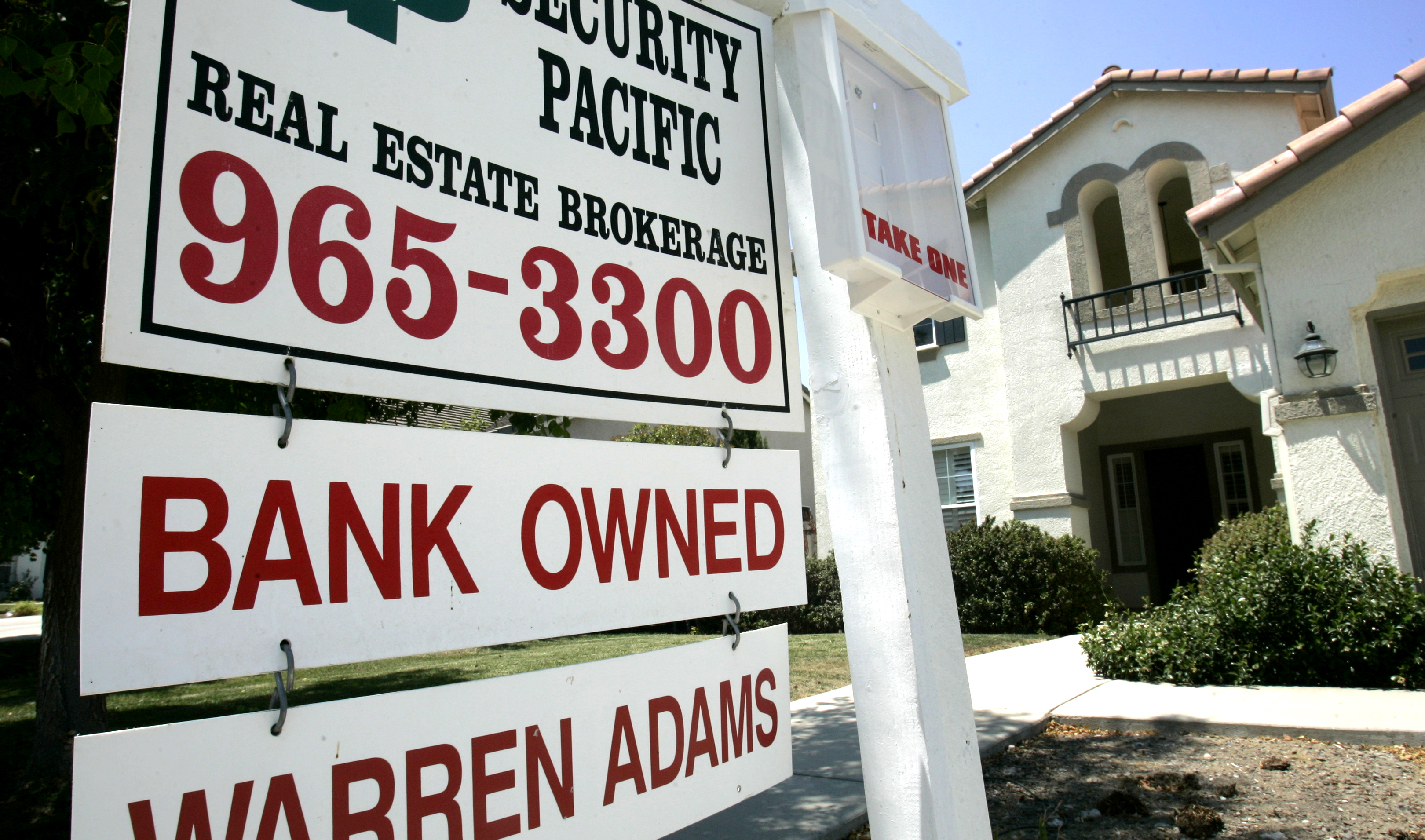
It's been 10 years since the global economy nearly collapsed. Could it happen again? Here's everything you need to know:
What caused the crisis?
The bursting of the U.S. housing bubble triggered a chain reaction that nearly brought down the global financial system. Between 1997 and 2006, a combination of low interest rates, relaxed lending regulations, and government policies designed to encourage home buying fueled a housing boom that saw the average price for a U.S. home increase by 124 percent. Amid the speculative frenzy, financial institutions issued hundreds of billions of dollars in questionable loans to so-called subprime borrowers with poor credit histories. Borrowers' ability to repay didn't matter to lenders, because they were able to get subprime mortgages off their books by repackaging them into wildly complex derivative financial instruments like mortgage-backed securities and collateralized debt obligations. Corporate and institutional investors gobbled up these offerings, which not only offered attractive returns but also received high safety ratings from the major credit-rating agencies. In 2007 and 2008, the inevitable wave of foreclosures finally arrived — exposing the entire financial system to catastrophic losses.
The Week
Escape your echo chamber. Get the facts behind the news, plus analysis from multiple perspectives.

Sign up for The Week's Free Newsletters
From our morning news briefing to a weekly Good News Newsletter, get the best of The Week delivered directly to your inbox.
From our morning news briefing to a weekly Good News Newsletter, get the best of The Week delivered directly to your inbox.
Then what happened?
The worst financial panic since the Great Depression. Already dangerously over-leveraged from years of risky bets, banks were unable to absorb the huge losses. The first big domino to fall was the investment bank Bear Stearns, which collapsed in March 2008. Later, Lehman Brothers filed for the largest bankruptcy in U.S. history, and the government bailed out insurance giant AIG, which had sold enormous amounts of credit default swaps insuring the bad investments. As panic spread, lending and investment screeched to a halt, and the country was plunged into the worst financial crisis since the stock market collapse of 1929.
How did the government respond?
The U.S. government took extraordinary measures to prevent a full-scale economic collapse. Under President George W. Bush, Congress approved a $700 billion bailout purchasing toxic assets to restore confidence in the market; under President Barack Obama, it authorized a $787 billion stimulus package to stimulate spending in the private sector. But massive damage had already been done. The economy slipped into a deep recession. The Dow Jones industrial average and the S&P 500 lost more than half their value. Unemployment peaked at roughly 10 percent by October 2009.
A free daily email with the biggest news stories of the day – and the best features from TheWeek.com
Is the system safer now?
In many ways, yes. Obama signed a series of sweeping financial reforms known as the Dodd-Frank Act. Among other things, it required banks to carry bigger capital cushions to protect against future crises, with regular "stress tests" to assess their ability to withstand a severe economic downturn. In 2017, the Federal Reserve judged that all 34 of the financial institutions deemed "systemically important" by Dodd-Frank would be able to keep lending in a crisis similar to 2008's. Dodd-Frank also put greater restrictions on trading derivatives such as credit default swaps, which were virtually unregulated before the crisis. But not everyone is satisfied. "This is not an industry that has examined itself and remade itself in the wake of the crisis," says Phil Angelides, who chaired the U.S. government's official investigation into the causes of the crisis.
What hasn't changed?
Bank consolidation, for one. More than 20 of the 30 banks that are still considered "too big to fail" are significantly larger than they were 10 years ago, including JPMorgan Chase, Wells Fargo, and Bank of America. The Senate recently passed a bipartisan bill rolling back parts of Dodd-Frank that lawmakers believe unfairly burden smaller banks, although some critics say larger banks could exploit loopholes in the proposed rules. Meanwhile, Wall Street hasn't lost its appetite for risk. In 2012, a single trader at JPMorgan nicknamed the "London Whale" created $6.2 billion in losses through enormously risky bets involving credit default swaps. New breeds of exotic financial products have also emerged, including exchange-traded funds that allow investors to bet on everything from cryptocurrencies like Bitcoin to market volatility.
Is another crisis possible?
The same kind of collapse isn't likely; banks are no longer saddled with a massive amount of subprime housing debt. But if a different kind of debt crisis does emerge, the lingering damage from the last crisis has left the government ill prepared to confront it. The Federal Reserve has only begun to raise interest rates again after cutting them to near zero during the recession. It could be years before they return to precrisis levels, leaving the central bank with few tools to stimulate the economy in another crisis. Congress and the president would also be hard-pressed to respond: Although the Wall Street bailouts eventually were paid back, they were so politically toxic that it's hard to imagine another round of them. "The biggest regret I've got is that life is going to be much more difficult for any regulator sitting in the seats facing another crisis, because what we did was so unpopular," said Hank Paulson, who was secretary of the Treasury under George W. Bush. "I stand guilty of not being able to explain why the financial system was good for Americans."
The recession's lingering scars
The economy appears to be booming again, with unemployment hovering just above 4 percent and corporate profits at record highs. But the recovery hasn't been distributed evenly. The government's rush to prop up failing markets primarily benefited wealthy Americans, who own most of the country's stocks and other assets, while many workers who lost homes and jobs in the crisis saw their income take a permanent hit. More than a million workers were knocked out of the labor force altogether and still haven't returned. The top 10 percent of Americans have seen their share of the country's wealth increase from 71 percent before the crisis to 77 percent today, while the bottom 90 percent suffered a corresponding decrease. The median lower-income household now has just $10,800 in assets — down almost $8,000. "The average effects [of a recession] are severe and very long-lasting," says Jennie Brand, a sociologist at the University of California, Los Angeles. "There's no quick recovery."
-
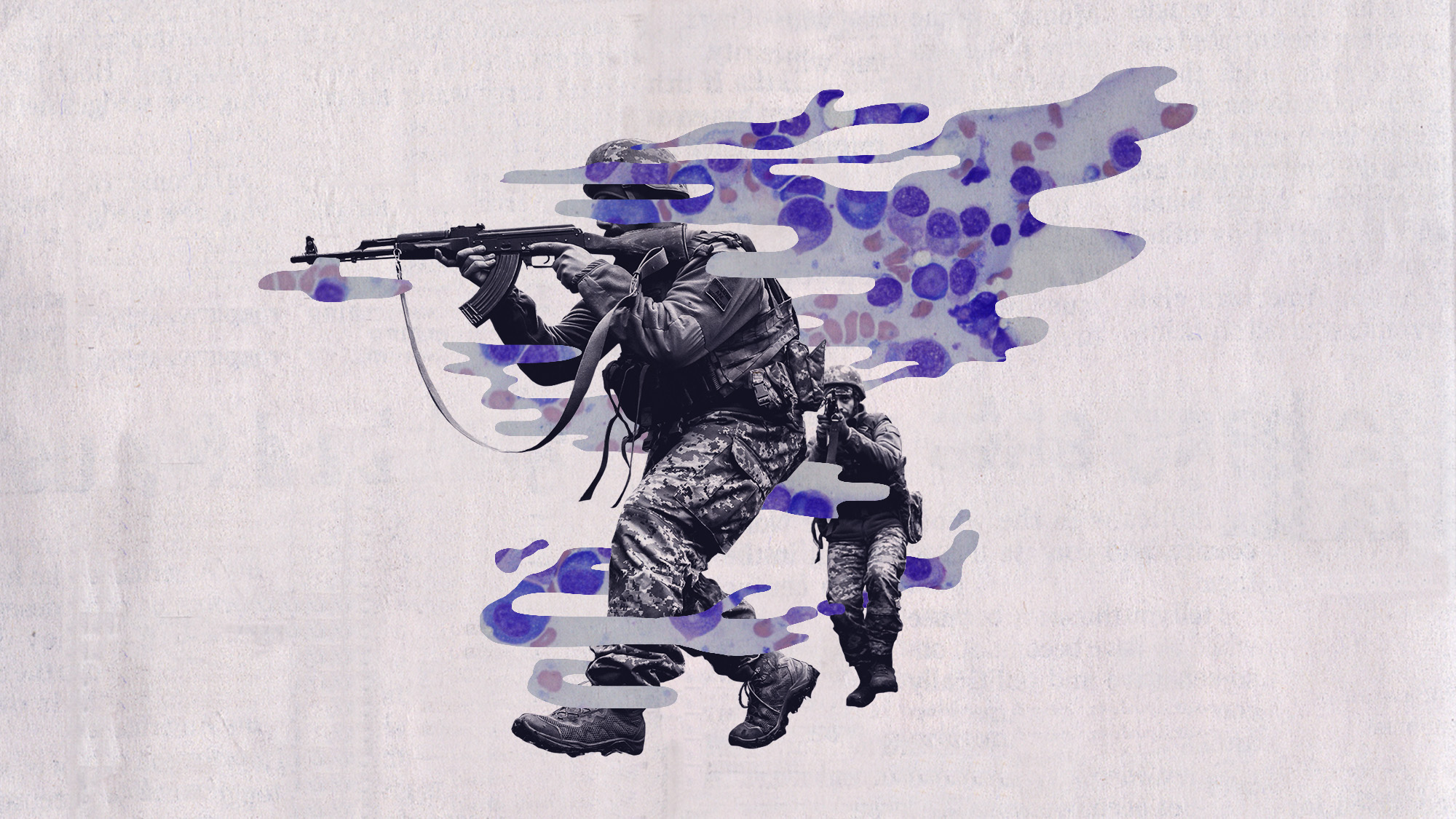 Antibiotic resistance: the hidden danger on Ukraine’s frontlines
Antibiotic resistance: the hidden danger on Ukraine’s frontlinesUnder The Radar Threat is spreading beyond war zones to the ‘doorstep’ of western Europe
-
 ‘Capitalism: A Global History’ by Sven Beckert and ‘American Canto’ by Olivia Nuzzi
‘Capitalism: A Global History’ by Sven Beckert and ‘American Canto’ by Olivia NuzziFeature A consummate history of capitalism and a memoir from the journalist who fell in love with RFK Jr.
-
 Who will the new limits on student loans affect?
Who will the new limits on student loans affect?The Explainer The Trump administration is imposing new limits for federal student loans starting on July 1, 2026
-
 The pros and cons of noncompete agreements
The pros and cons of noncompete agreementsThe Explainer The FTC wants to ban companies from binding their employees with noncompete agreements. Who would this benefit, and who would it hurt?
-
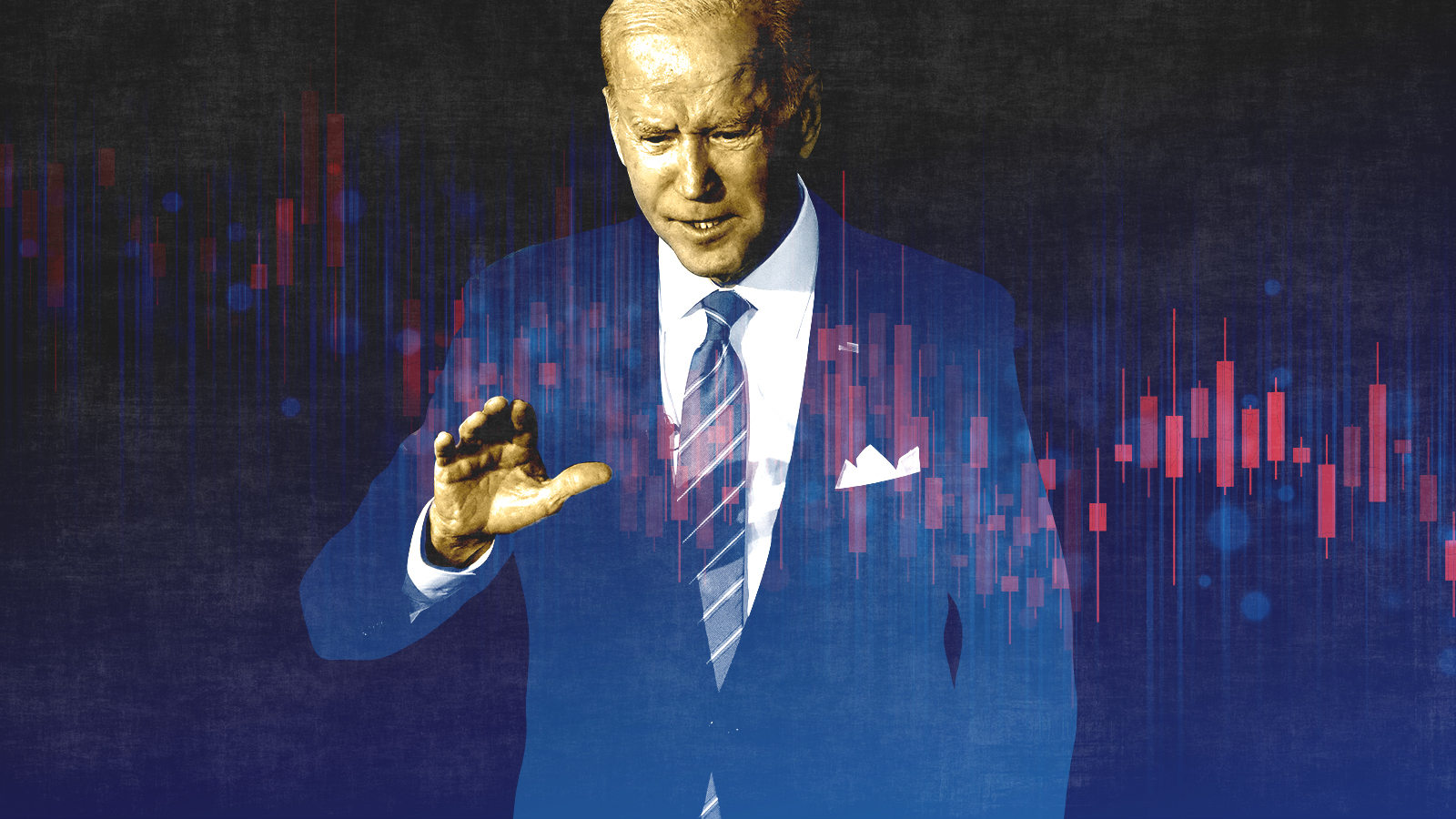 What experts are saying about the economy's surprise contraction
What experts are saying about the economy's surprise contractionThe Explainer The sharpest opinions on the debate from around the web
-
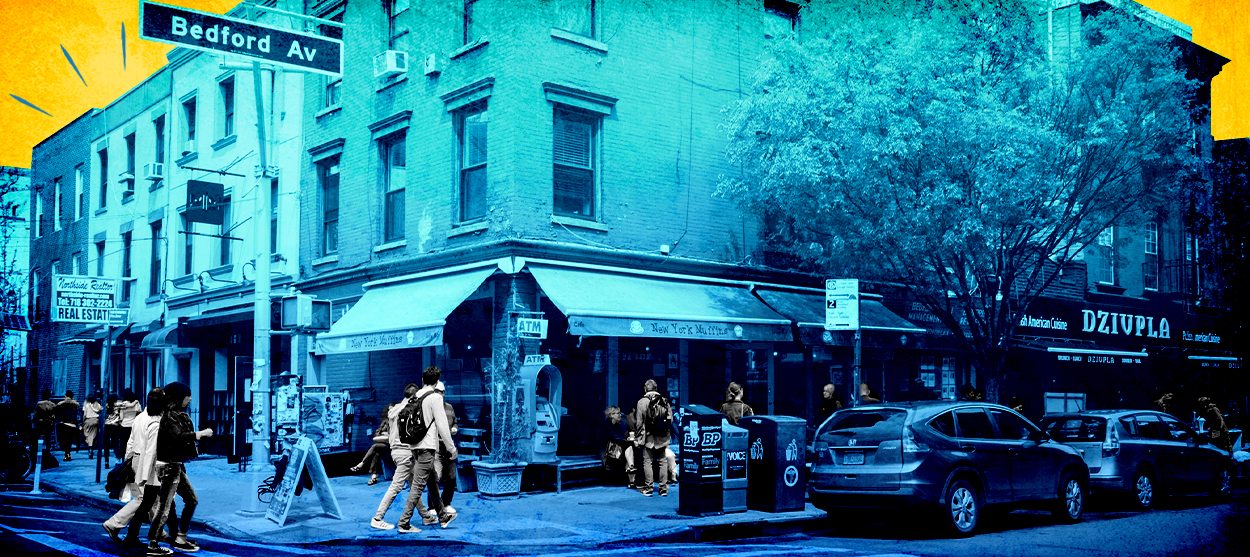 The death of cities was greatly exaggerated
The death of cities was greatly exaggeratedThe Explainer Why the pandemic predictions about urban flight were wrong
-
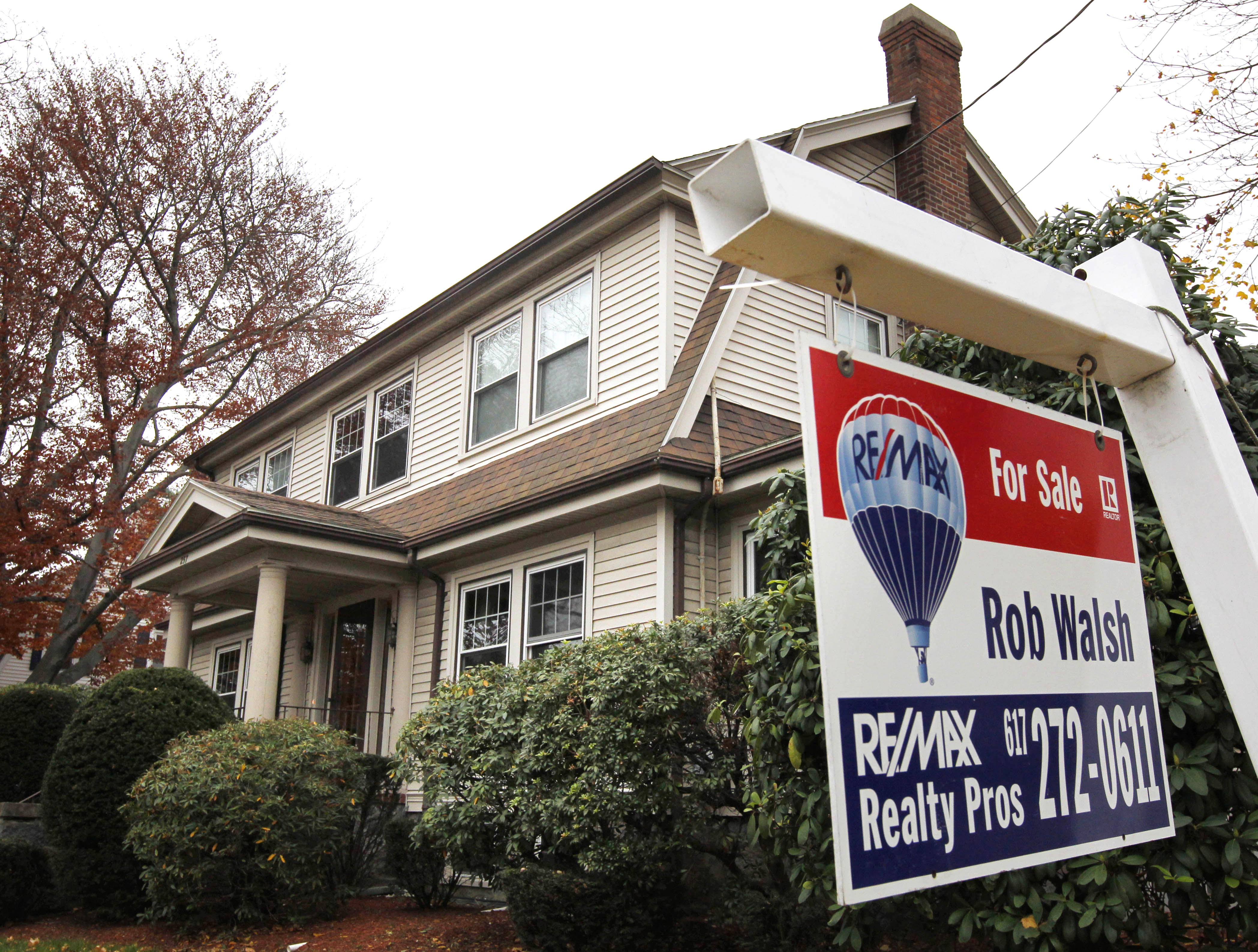 The housing crisis is here
The housing crisis is hereThe Explainer As the pandemic takes its toll, renters face eviction even as buyers are bidding higher
-
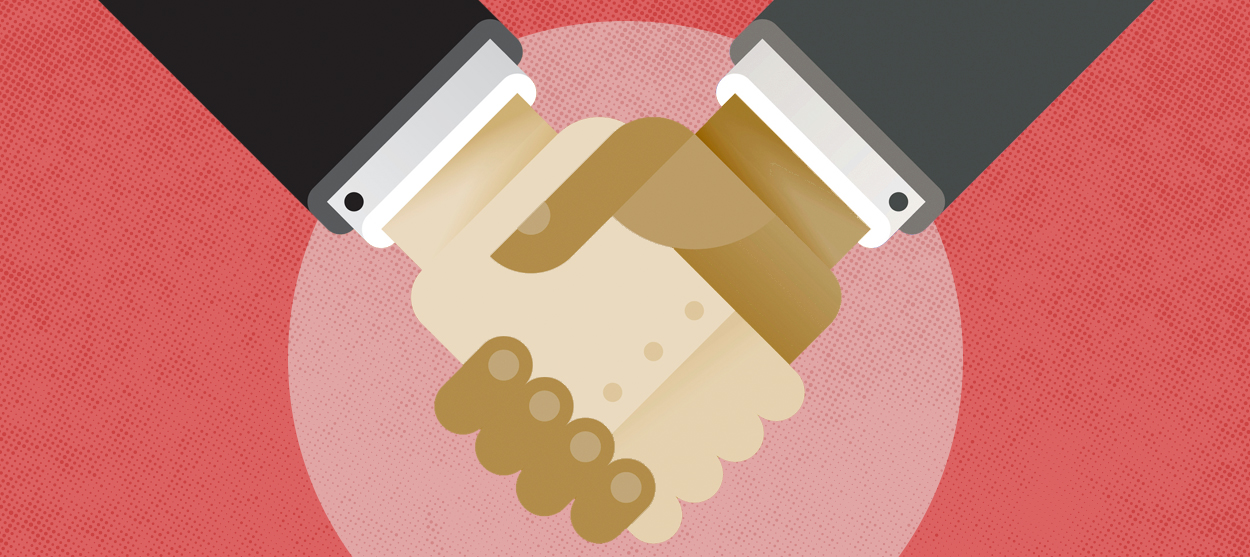 How to be an ally to marginalized coworkers
How to be an ally to marginalized coworkersThe Explainer Show up for your colleagues by showing that you see them and their struggles
-
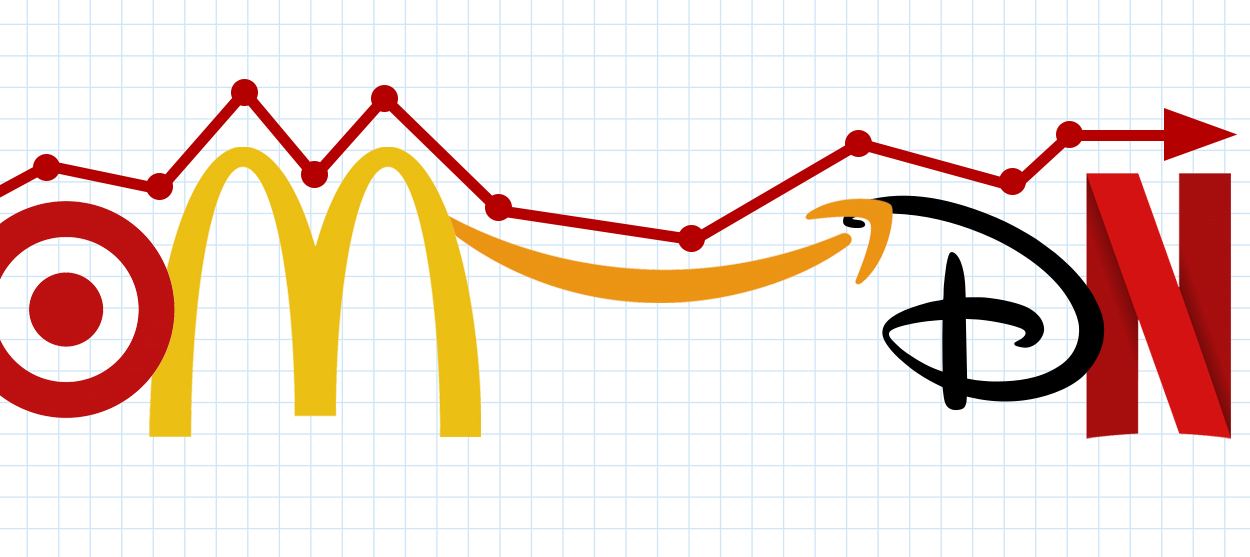 What the stock market knows
What the stock market knowsThe Explainer Publicly traded companies are going to wallop small businesses
-
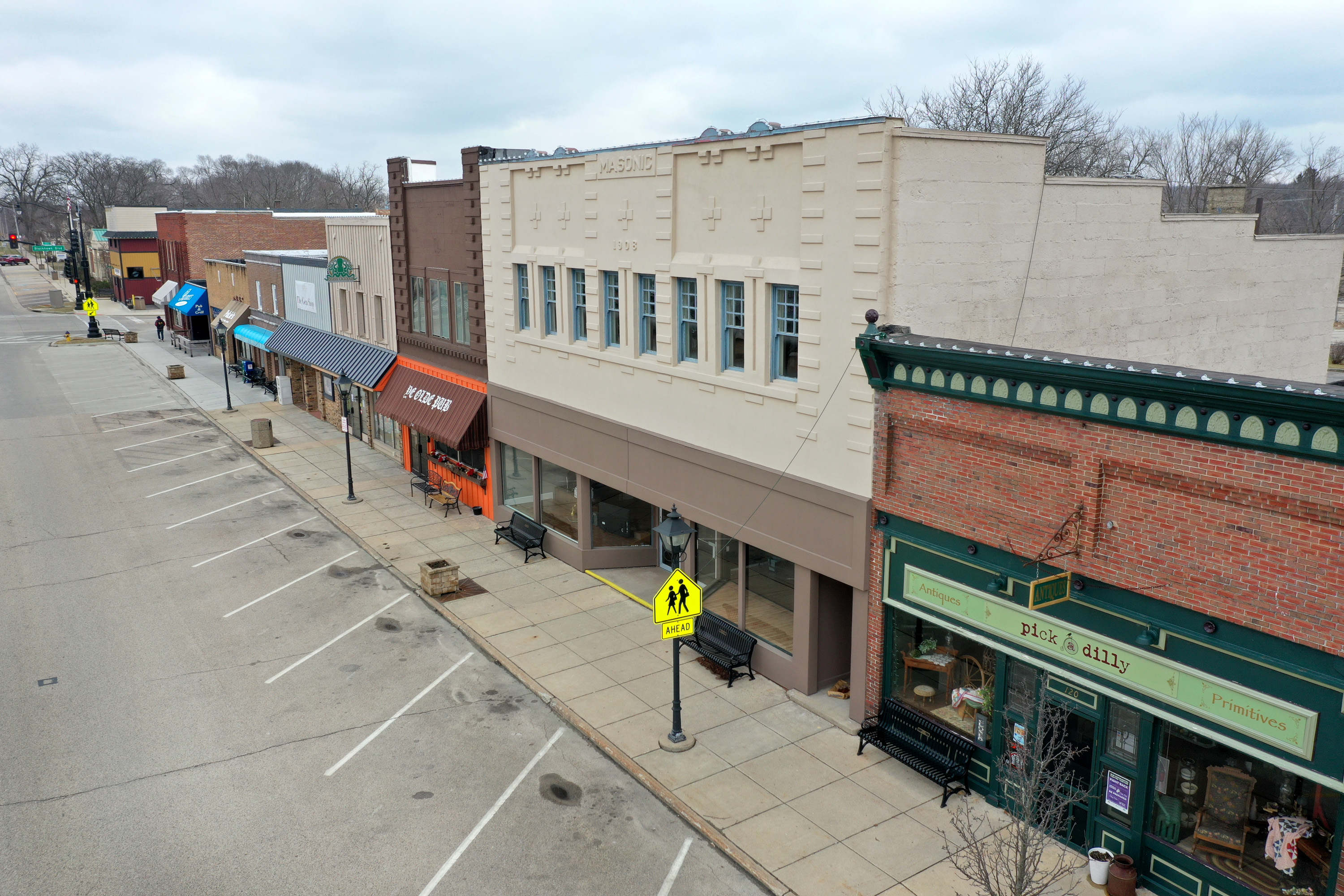 Can the government save small businesses?
Can the government save small businesses?The Explainer Many are fighting for a fair share of the coronavirus rescue package
-
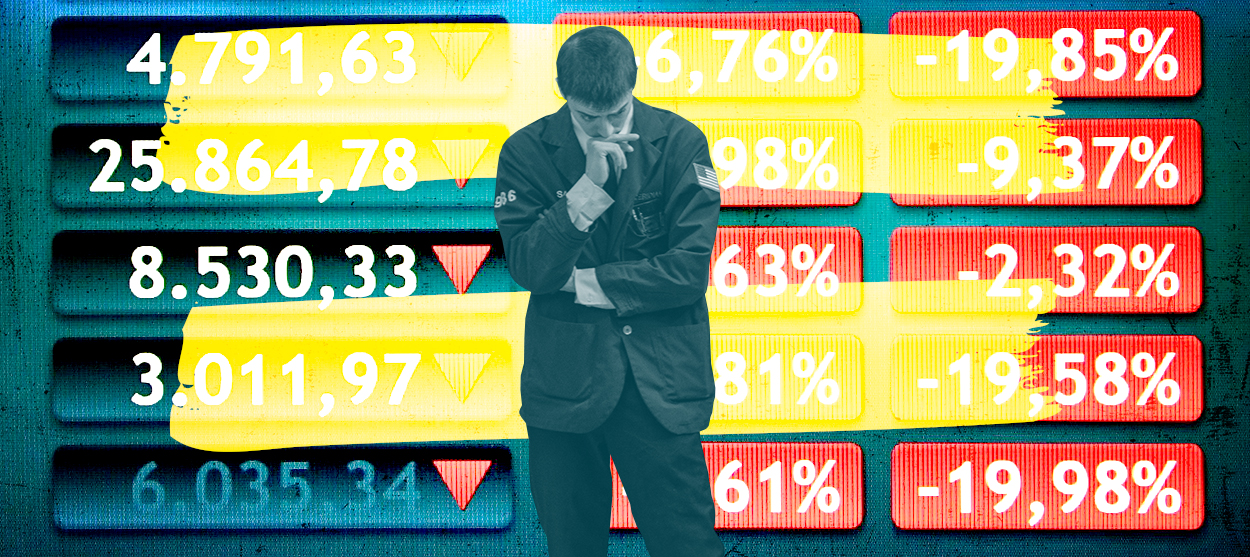 How the oil crash could turn into a much bigger economic shock
How the oil crash could turn into a much bigger economic shockThe Explainer This could be a huge problem for the entire economy